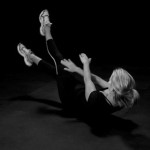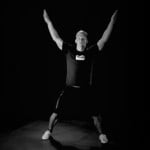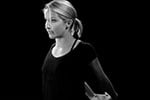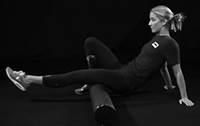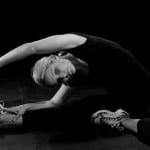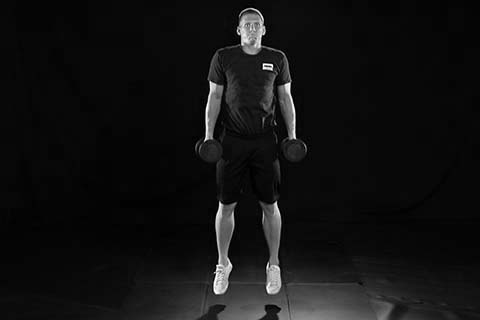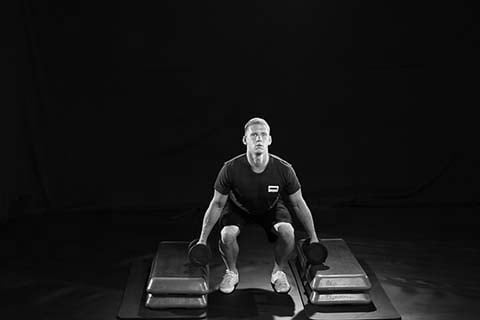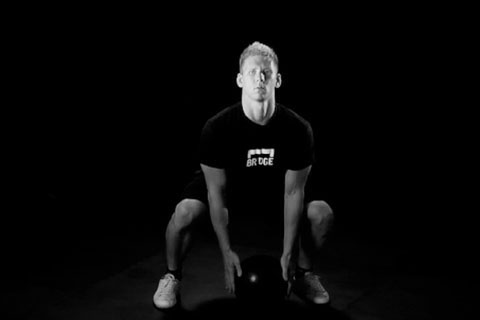Nick Folker
Recent Posts
Nick's Strength Training Series - Introduction to Speed and Recovery
By Nick Folker on January 04, 2014
Happy New Year, Bridge coaches and athletes! After a break over the holidays, I know you are ready to get back into the swing of things. The next block in the video series is dedicated to preparing you for a successful competition phase: Speed and Recovery. To perform at an optimal speed, you need to make sure you're fully rested from your training phases. In this video series that I have chosen for the New Year, I will include a combination of plyometric and stretching exercises.The plyometric exercises are aimed at developing speed and the stretching exercises complement the plyometric exercises to best aid in recovery. Never forget, sleep is the best tool we have for recovery.
Read More
Welcome back, Bridge fans. I would like to use this episode to share some ideas and concepts to help you make your pre-competition warm up the best possible. The most important aspect of this warm up is to implement it during the off-season or pre-season, allowing your body time to adjust to the concept prior to competition. Keep the warm up as dynamic as possible. The idea is to warm up the body's core temperature and muscles without fatiguing them. Following are some recommendations to add to your toolbox to help get yourself or your team ready to compete. As always, remember to have your water bottle at your side to stay hydrated before competing.
Read MoreBridge fans, it is great to have you back to the third episode of our four-part travel training series. Today, I will take you through a sequence of post-travel stretches that has helped my athletes overcome their trips and prepare for competition. The post-travel stretch routine is often overlooked because of fatigue or having to rush to get to the competition venue. No matter your reason, it's time to build a post-travel stretch progression into your arrival routine. Take five minutes as a team to go through this sequence, and see the benefits is has on your body, especially the day after travel.
Read MoreWelcome to the second installation of our four-part travel training series. This episode is designed specifically for the layover portion of your airline travel. In this video, we will cover five foam rolling exercises that will help you work out some of the kinks from your flight. I have chosen the following combinations to target the areas of your body most impacted from sitting in a compact airline seat for an extended period of time.
Read More
This video is the first in the 4-part Bridge Travel-Training Series. Included are 5 stretches that I like to include in a pre-travel routine to prep the body for the journey ahead. Remember, these are just a few examples from the overall routine that I have found to help combat the travel blues.
Bridge coaches & athletes: competition travel and the holiday season are once again upon us. We are, therefore, shifting our focus in the Weekly Video series from breaking down exercises to offering suggestions for you on how to overcome the rigors of travel. Happy Holidays and good luck from all of us at Bridge.
Read MoreThe dumbbell jump shrug is an ideal movement to work on vertical power in your strength training. This exercise is key in the transition from a strength work phase into a speed phase. Dumbbells are utilized in lieu of a barbell for developmental athletes, or with athletes that are trying to generate more hip speed. Keep in mind that the focus is hip speed; do not use dumbbells that are too heavy, as this will not allow you to achieve optimal velocity or power.
Read More
Welcome all to the first installment of Nick's Video Series. Each week, Bridge Athletic Co-Founder and Elite Performance Director, Nick Folker, will post a video blog dissecting key technical issues relating to a broad spectrum of subjects relevant to athlete performance. In doing so, Nick will assist athletes and coaches in gaining a deeper understanding on these key topics, empowering them to continue striving towards athletic excellence. In this week's video, Nick breaks down a key pillar in the field of strength and conditioning, the Med Ball deadlift. Nick decided to choose MB Deadlift because it breaks the deadlift down to its simplest of form, body weight. Athletes should start exercises at the body weight level in order to learn movements properly and avoid injury. The deadlift is a compound movement that is excellent at building leg, lower-back and core strength, all of which are key components to an athlete's overall development. Enjoy.
To summarize, Nick's key talking points in the video:
- In the deadlift movement, the body transitions from a lowered (squat) position to an elevated (standing) position.
- Starting position: the athlete's feet are wider than shoulder width, toes are pointed out, weight is evenly distributed across feet, knees are over feet, chest is up and back is flat.
- Throughout the movement of the deadlift, the athlete must elevate and lower their body in a controlled manner.
- The athlete must not lock knees out at the top of the movement.
That ends this week's chapter of Nick's Video Series. Stay tuned for next week's installment!

